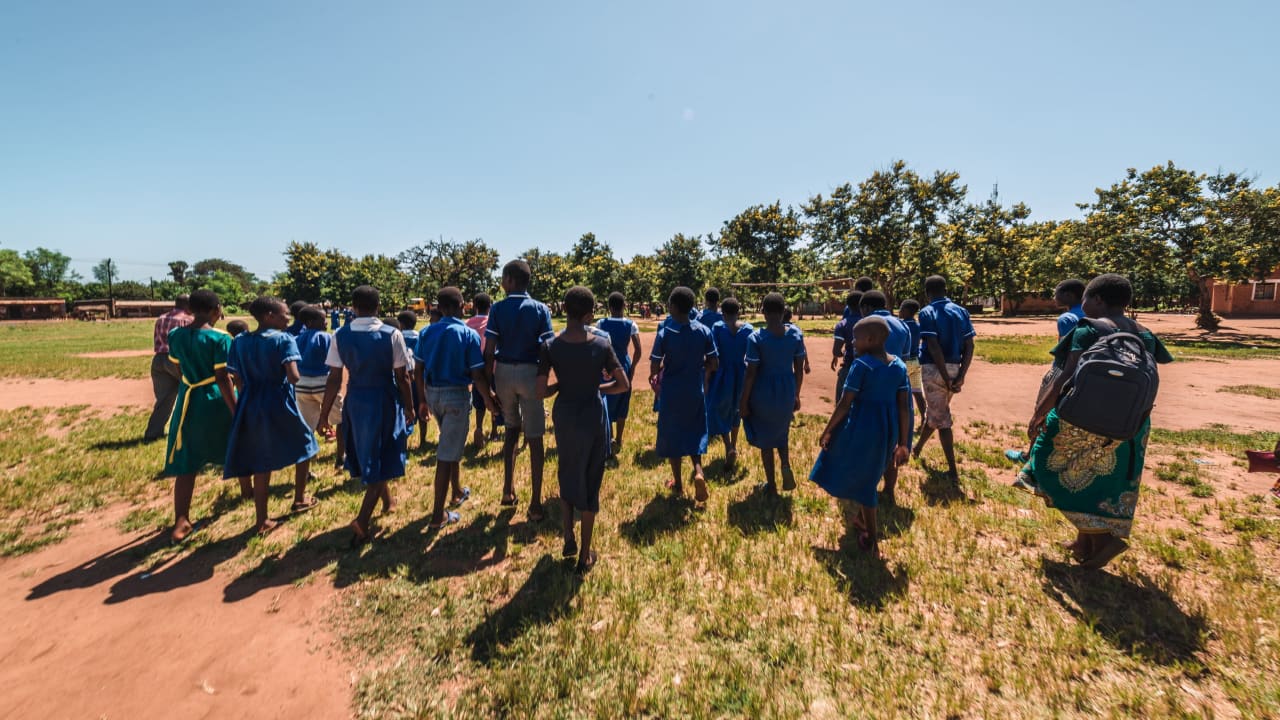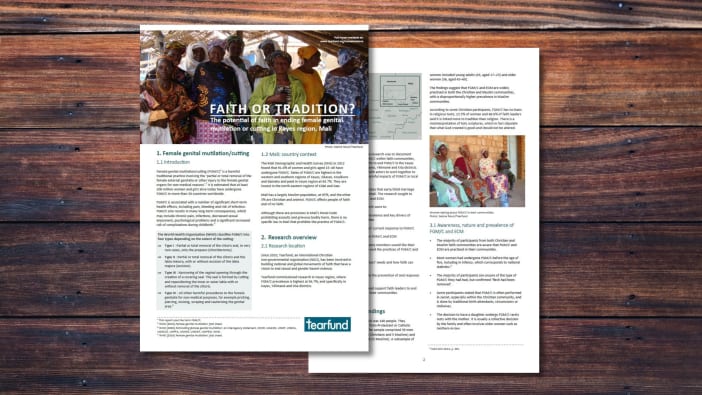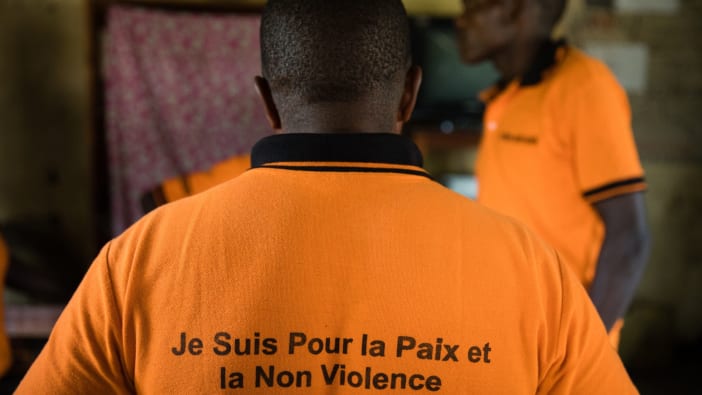This report is part of a series of community-based research looking at the potential role of the church to end female genital mutilation/cutting (FGM/C).
It examines the barriers to, and opportunities for, eliminating FGM/C among the Kisii and Maasai peoples of south-western Kenya.







